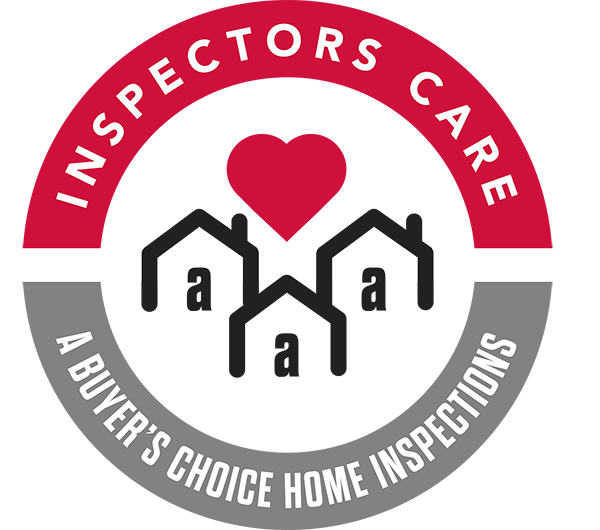Do You Know How To Find Out Your Indoor Air Quality?
No matter your age or state of health, indoor air pollution can affect us all. That’s why it’s especially important to pay attention to indoor air quality (IAQ) and consider having it tested as part of your home inspection or annual home maintenance inspection.
Obtaining regular measurements of your home’s IAQ is a vital step in ensuring the health of your family. We provide fast and accurate measurement that’s also cost effective. You’ll receive a summary report, which will help you determine the condition of the air in your home and whether any areas require additional sampling.

Should You Get Your Home Mould Tested?
Mould sampling and lab work is expensive and often unnecessary. Our air quality and mould detection survey provides a thorough and inexpensive alternative.
Because you can’t often see or smell mould and air contaminants, IAQ testing measures particulate matter, including mould spores, in every room of your house, pinpointing any problem areas.

What are volatile organic compounds?
Volatile organic compounds (VOCs) are gases released by many indoor sources that evaporate at room temperature. Concentrations of most VOCs are higher in indoor air than outdoor air.
Some sources of VOCs include the burning of fuels such as gas, wood and kerosene as well as tobacco products. VOCs can also come from personal care products such as perfume and hair spray, cleaning agents, dry cleaning fluid, paints and paint thinner, lacquers, varnishes, hobby supplies, alcohols, vinegars, and copying and printing machines.
Elevated VOC levels could be caused by a mould infestation, gas leaks, or off gassing of building
materials and is a concern for overall IAQ. These compounds are what produce the “musty” smell associated with the existence of mould in a home. They can also include a number of toxic compounds such as benzene, toluene and formaldehyde.
VOCs can be released from products during use and even in storage, but the amount of VOCs
emitted from products tends to decrease as the product ages.
Health effects of VOCs
VOCs can cause eye, nose and throat irritation, shortness of breath, headaches, fatigue, nausea, dizziness and skin problems. Higher concentrations may cause irritation of the lungs, as well as damage to the liver, kidney or central nervous system. Some VOCs are even suspected of causing cancer.
The health effects caused by VOCs depend on the concentration and length of exposure to the chemicals. Most people are not affected by short-term exposure to the low levels of VOCs found in homes, while other may be more sensitive, such as people with asthma and other health issues.
Having your home’s IAQ tested is a great way to better understand how healthy the air your family is breathing is and any steps you can take to make sure you remain as healthy as possible.
Testing for radon in your home about every two years is another proactive measure to ensure that levels are safe and the health of your family won’t be compromised. Virtually every home in Canada and the US has some radon, but the levels vary from home to home even if they’re situated next door to one another.
Find an Inspector near you: https://abuyerschoice.com/locations







